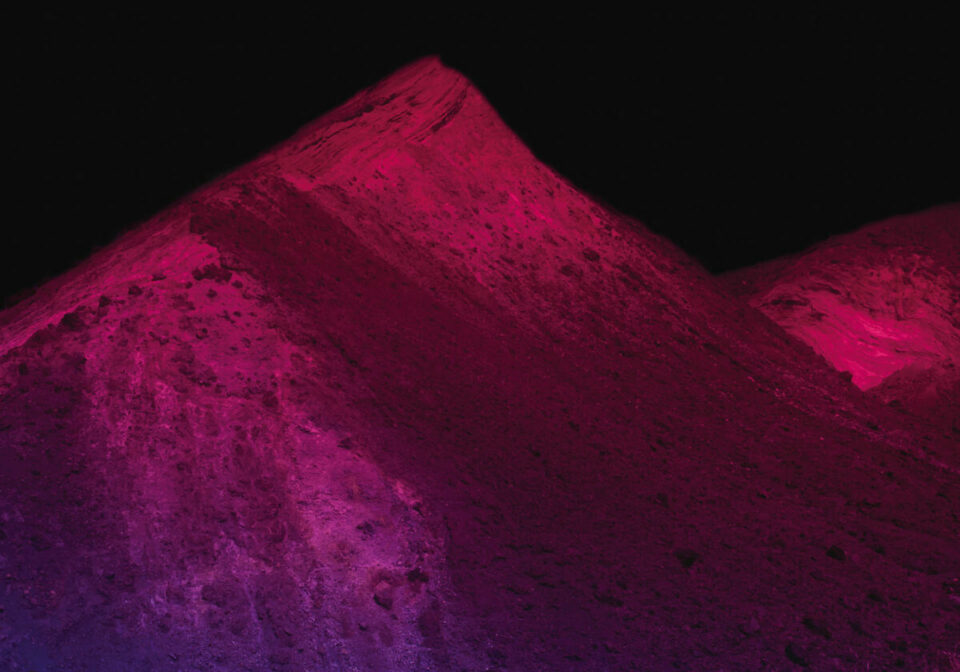In the 19th century, French astronomer Urbain Le Verrier (1811-1877) presumed the existence of a planetary mass located between the Sun and Mercury, and named it Vulcan. By the mid-1800s, the idea gained traction, with others joining the hunt to find the lost planet. Yet, nothing was ever located. Vulcan was not there. In the following pages, however, Maria Leonardo Cabrita (b. 1989) turns back the clock. She imagines the discovery of a new cosmos and captures Vulcan’s geology on camera. These photographs were made on the real island of Vulcano, 20km north of Sicily. Steam rises from its volcanic surface, bathing barren landscapes in mist. Pictures are flooded with otherworldly neon hues; skies turn red, blue, orange, pink. Cabrita’s research-led project is particularly prescient right now. We are learning more about space than ever before, with innovations like NASA’s Curiosity Rover and the James Webb Telescope sending images back to Earth. marialeonardocabrita.com
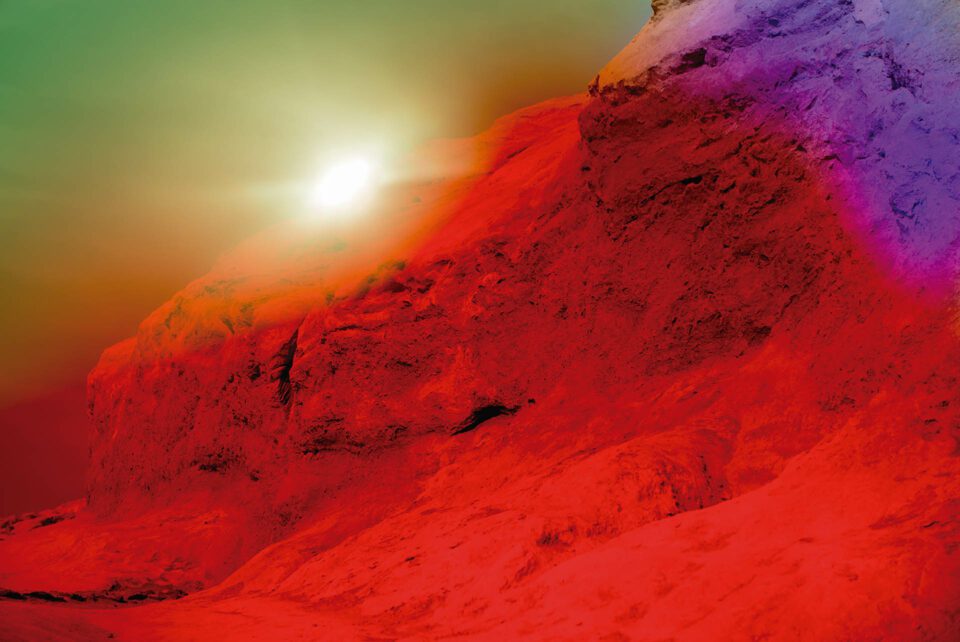
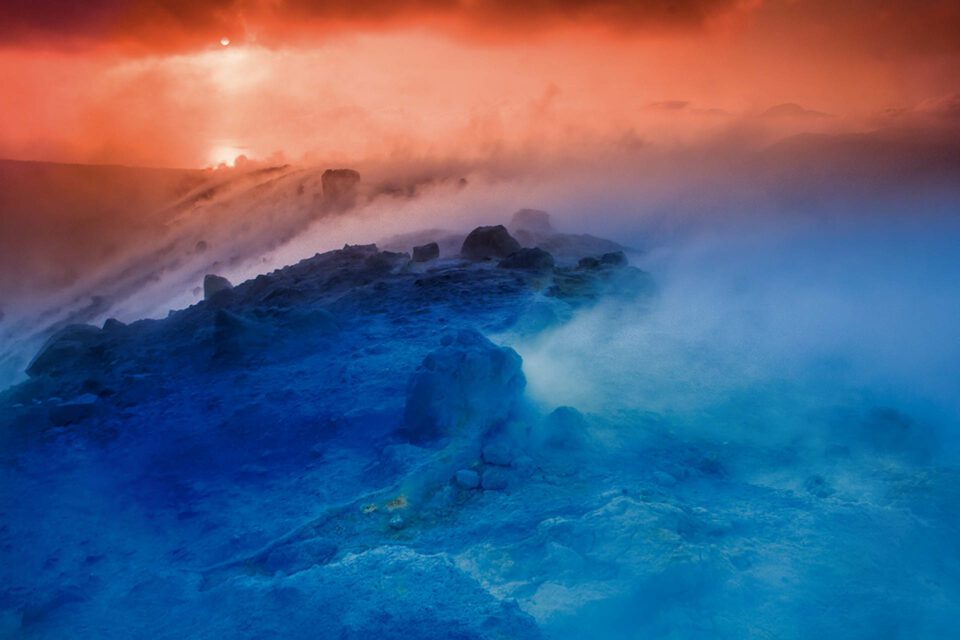
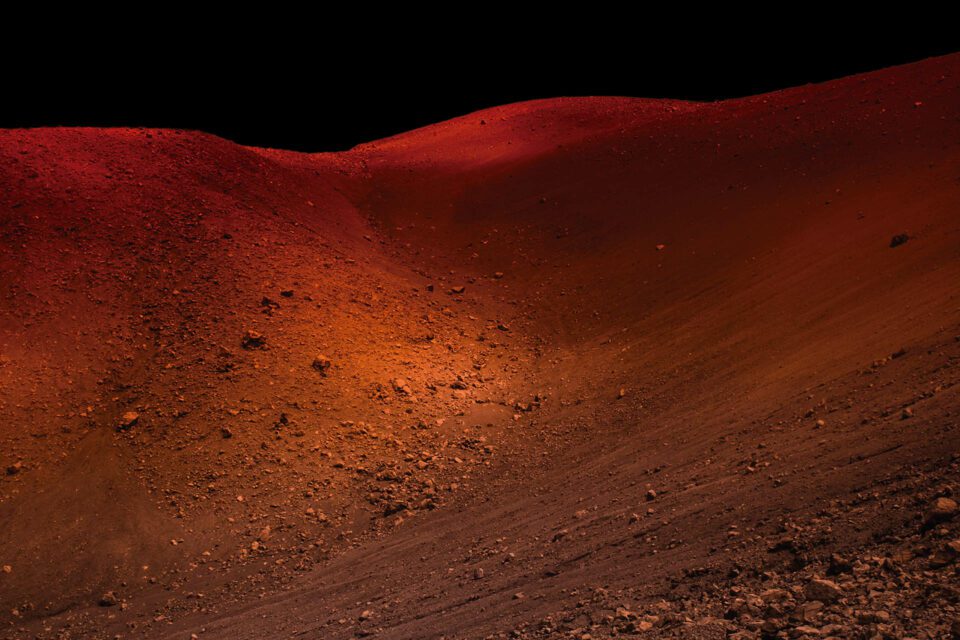
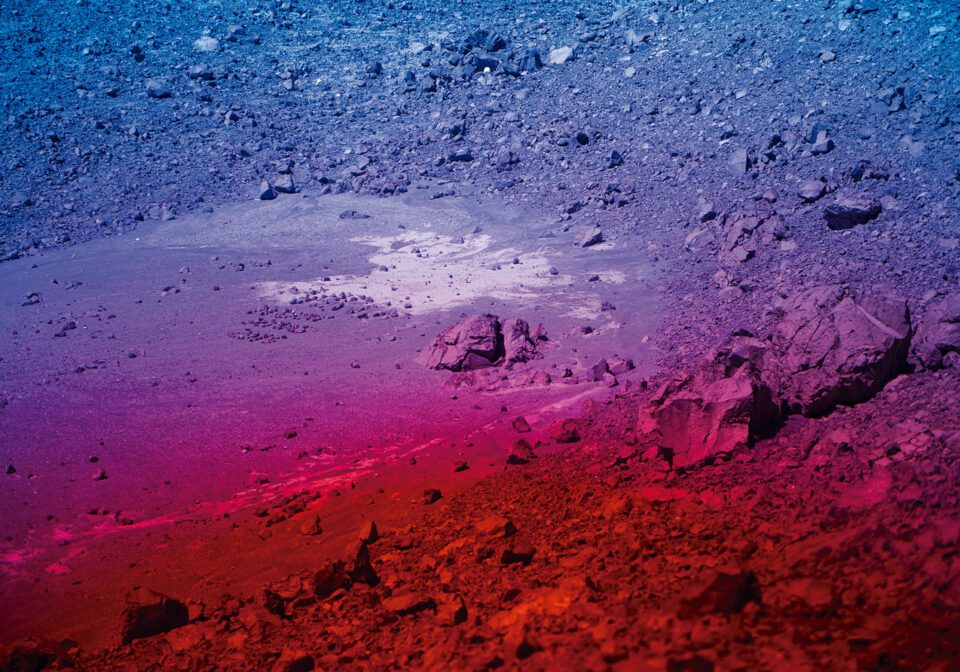
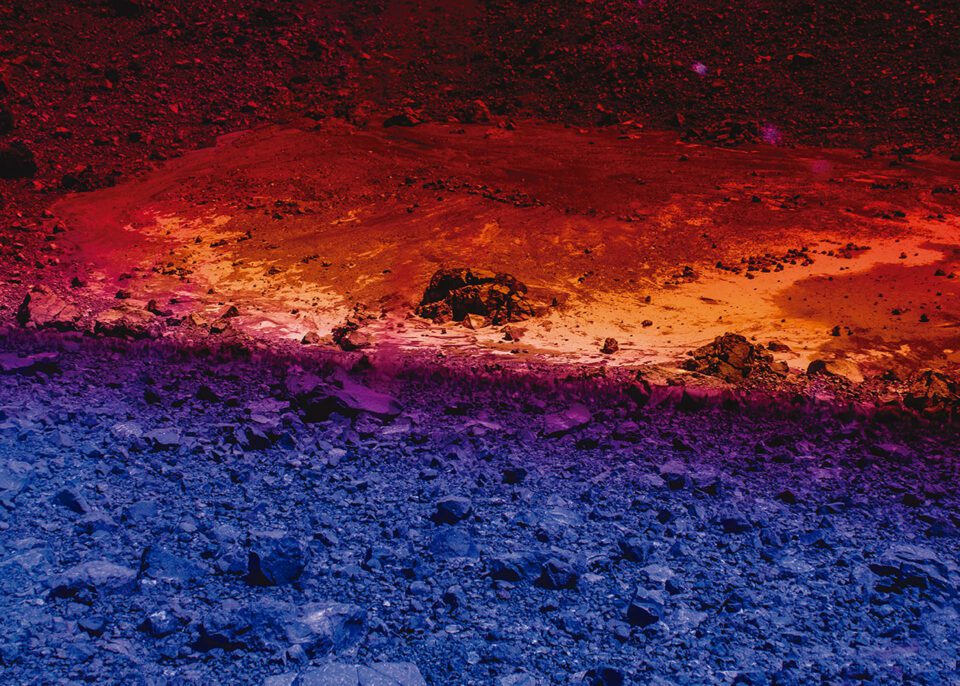
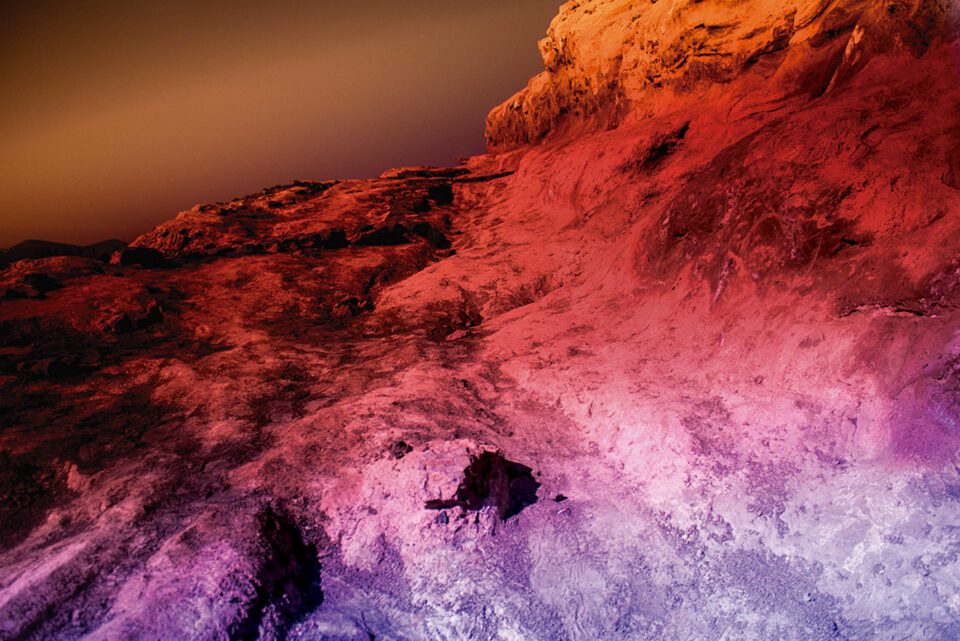
Maria Leonardo Cabrita, from Vulcano (2017-2020). Images courtesy the artist.


